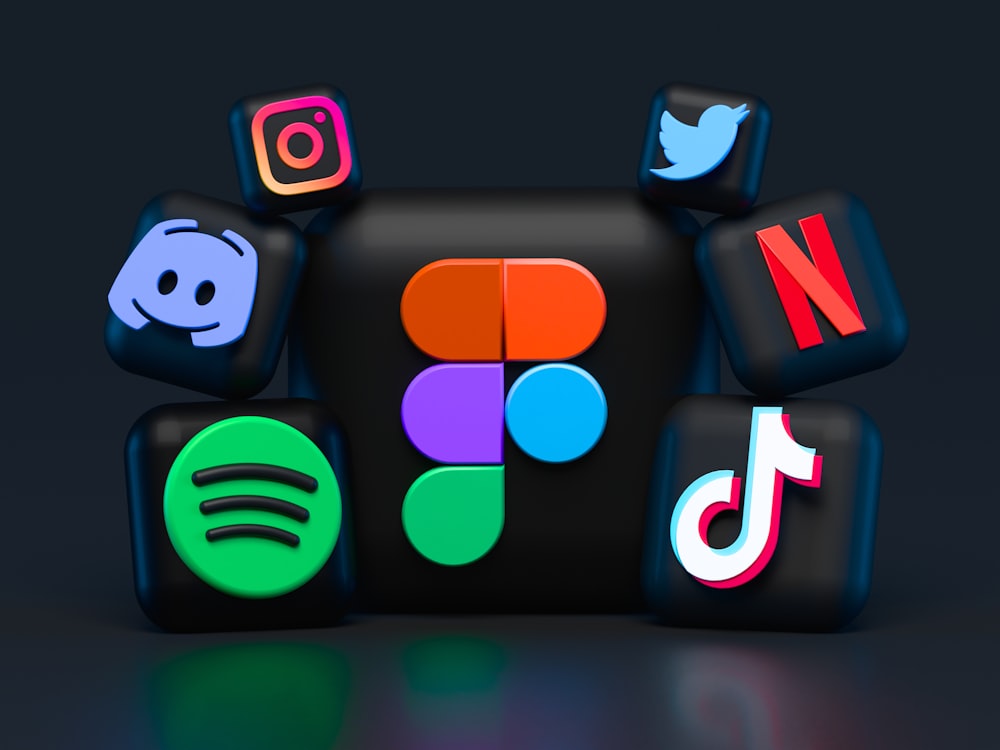How Technology is Informing Brand Image
by Arnab Dey Technology Published on: 06 April 2022 Last Updated on: 08 November 2024

A lot of elements of life are influenced by advances in technology, to the point that it in fact would be odd not to be affected, hence a rise in the fantasy of living in a log cabin in the woods. Branding and marketing are no different.
There are new features hitting social media, a big platform for establishing a brand image, there are new payment methods being established that can affect businesses, and technology, in general, is becoming a lot more accessible, to the point that just about everyone can develop their own brand image if they fancy.
In this guide, we cover the increased need for a recognizable logo, the use of a business name generator, and other trends in modern technology that are affecting brands. Read on for our top picks of the biggest changes in branding due to technology.
Ways of How Technology is Informing Brand Image:
1. The newest influencers are CGI
More and more influencers on Instagram are turning out to be CGI. We say, “turning out to be” because some of them are indiscernible from real people.
The motives behind these CGI influencers can be all over the place. Some are simply people looking to improve their looks or appear as a different person, representing only themselves, and others are mascots for one particular business, showcasing their products and services as part of their everyday content and run by a team of social media managers.
It is for this reason that the need to develop a unique business name has only grown in vitality – luckily there are tools such as the Wix business name generator that can assist influencers beyond using CGI, by finding the name that will best differentiate themselves from competitors in their niche.
2. Marketing is getting “trendy”
The sudden burst in popularity of short-form video content has caused a lot of social media platforms to hastily integrate it into their sites and apps. In turn, this has been embraced by businesses and influencers as yet another means of enforcing their brand image.
Users are no longer paying attention to advertisements, having become aware and able to identify them with minimal engagement. This has caused a lot of businesses to change tactics.
Rather than showcasing the brand or product as the be-all and end-all of the advertisement, a lot of businesses are aiming to keep users engaged with entertaining short-form video content – which means following trends.
TikTok is the optimal example of this, where brand content can tap into communities and trends that cover concepts, sounds, genres, etc.
For example, a cleaning product can easily find a place in the #oddlysatisfying genre as people would like to see something dirty become clean. At the same moment, you’re showcasing the usefulness of your product.
There is also #TikTokmademebuyit or hauls, where products can be showcased as some of the best or most innovative products on the internet.
And of course, if you want to do a skit around We Don’t Talk About Bruno that fits your brand image, go for it.
3. Social media is the new storefront
Facebook and Instagram in particular, are making large moves to make social media a more retail oriented space. They are releasing a lot of features that are designed to make it easier for customers to buy directly from social media.
This comes after consumer habits showed that people were no longer window shopping, but mostly getting ideas on what they wanted to buy through social media.
So, Instagram has closed the gap between store and social media accounts by adding tags that feature the price and store location of items, so that customers can be transported straight to the item to checkout.
They also have released a feature that will allow Instagram influencers to better get in touch with affiliate marketers. The feature acts as a way to advertise your brand to businesses looking to make a brand deal, whether you’re an influencer telling the world “Commissions are open” or a business looking to advertise through social media. Brands can sift through influencers that meet their needs and demographic and get in touch.
4. VR will make everything immersive
The idea of VR and its effect on the everyman is slowly coming to fruition. At the moment, Facebook, or Meta, is pushing for it to be the next step in social media, telling us how we can conduct virtual meetings with colleagues and friends.
Elsewhere, developers in the gaming industry are trying to make a game that makes it worth it to buy this expensive piece of equipment.
But the point of VR is to make the internet immersive. That goes for travel, social media, entertainment, and, yes, even branding.
There might well be a future where behind-the-scenes content takes the user into the office of a brand, or into the room of an influencer when they’re live streaming. Current mascots like the M&Ms will enter your space in avatar form to personally ask you to buy M&Ms.
Read Also:





































































































